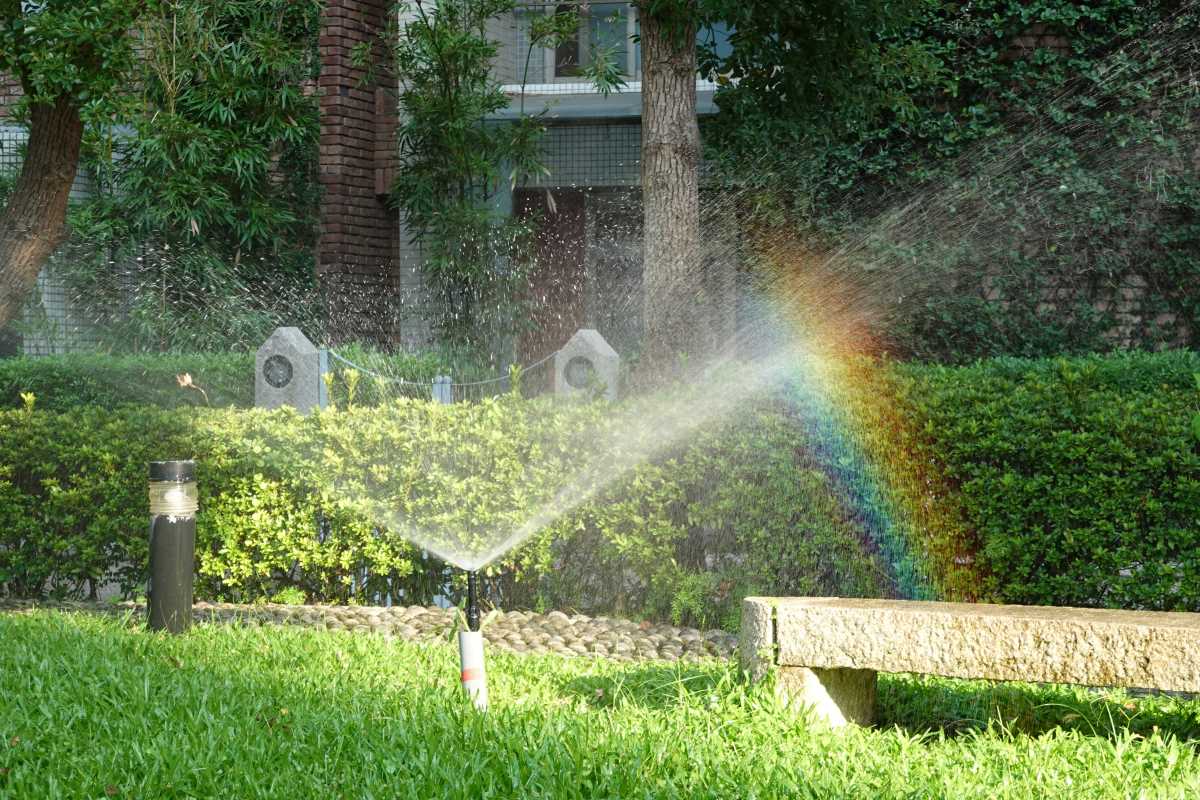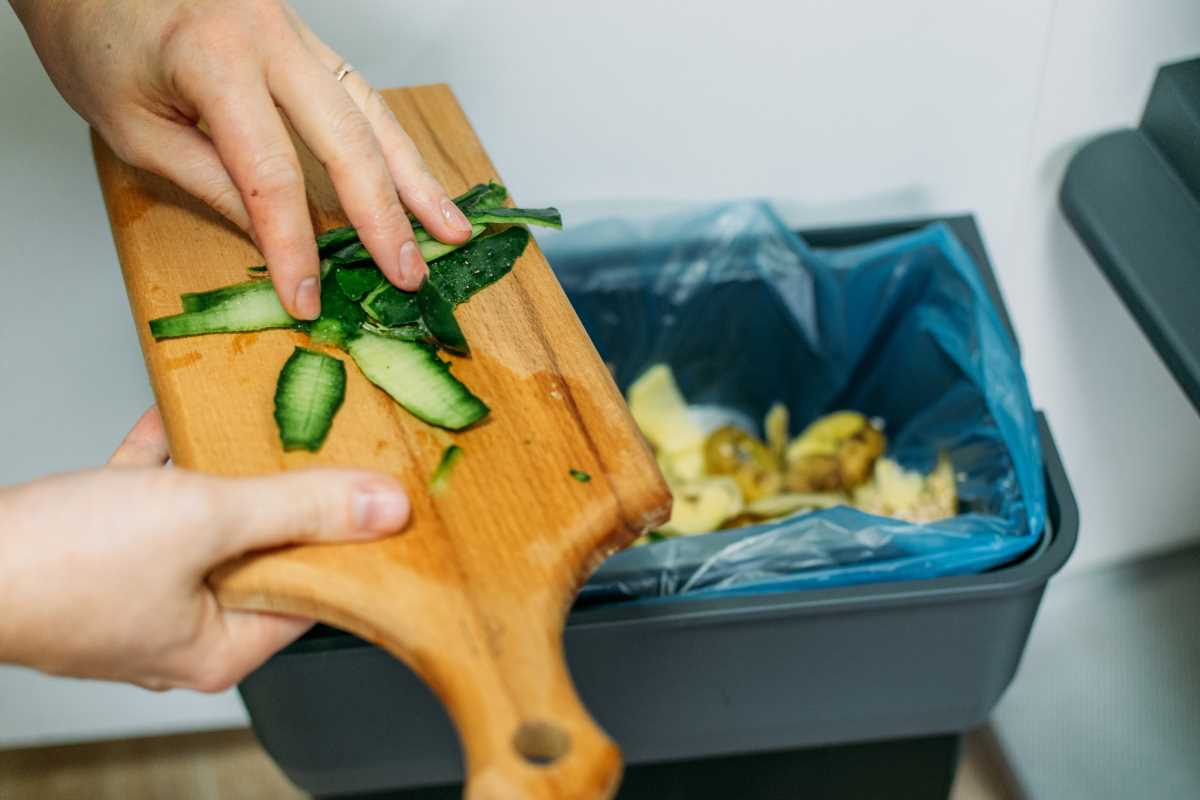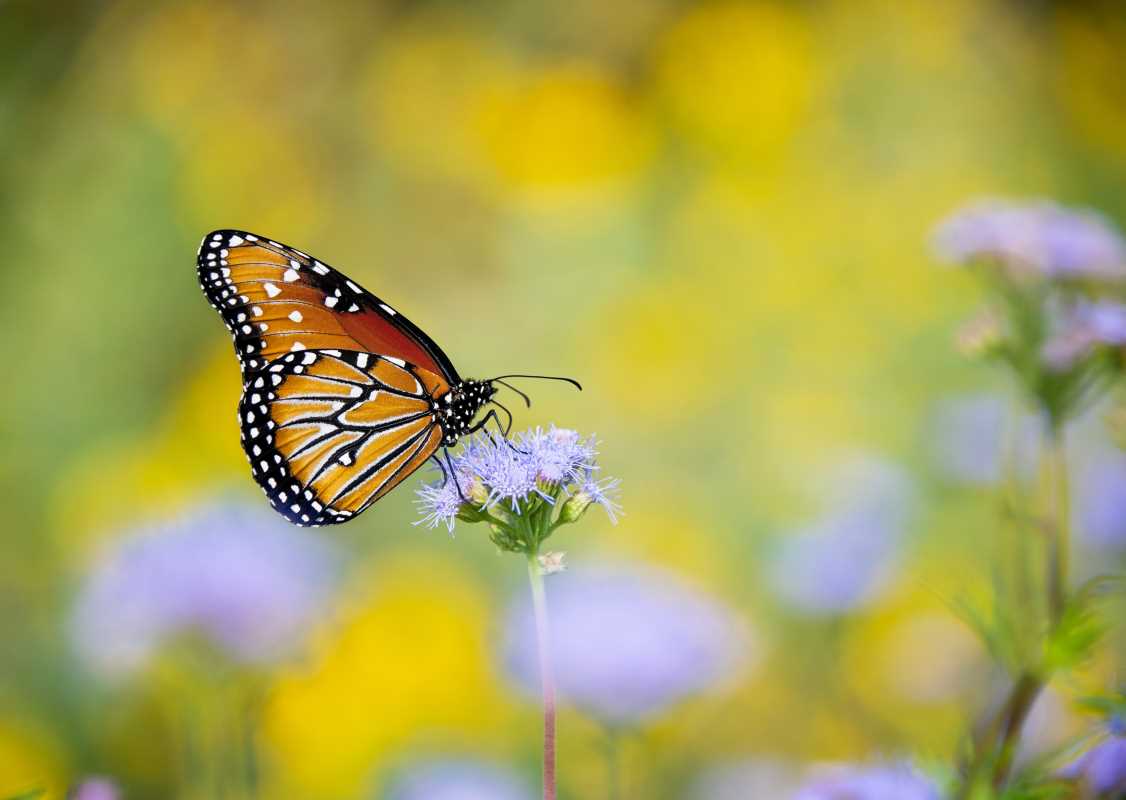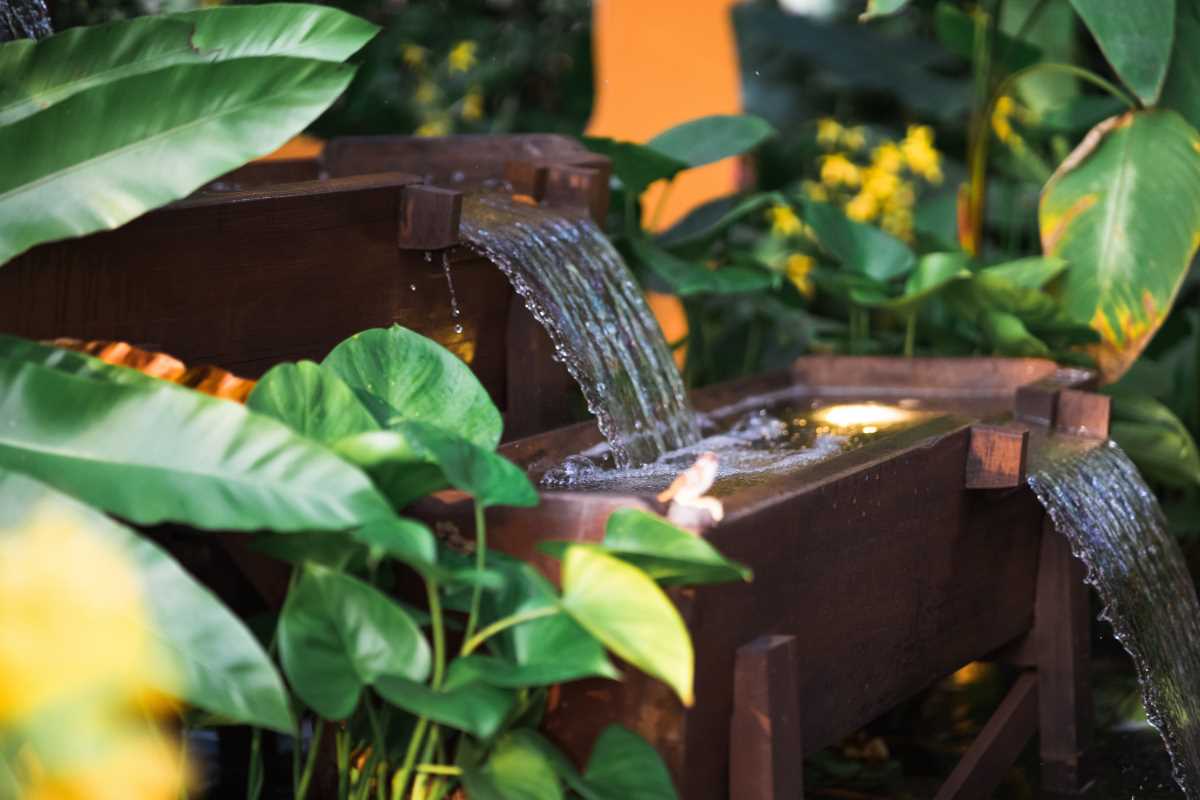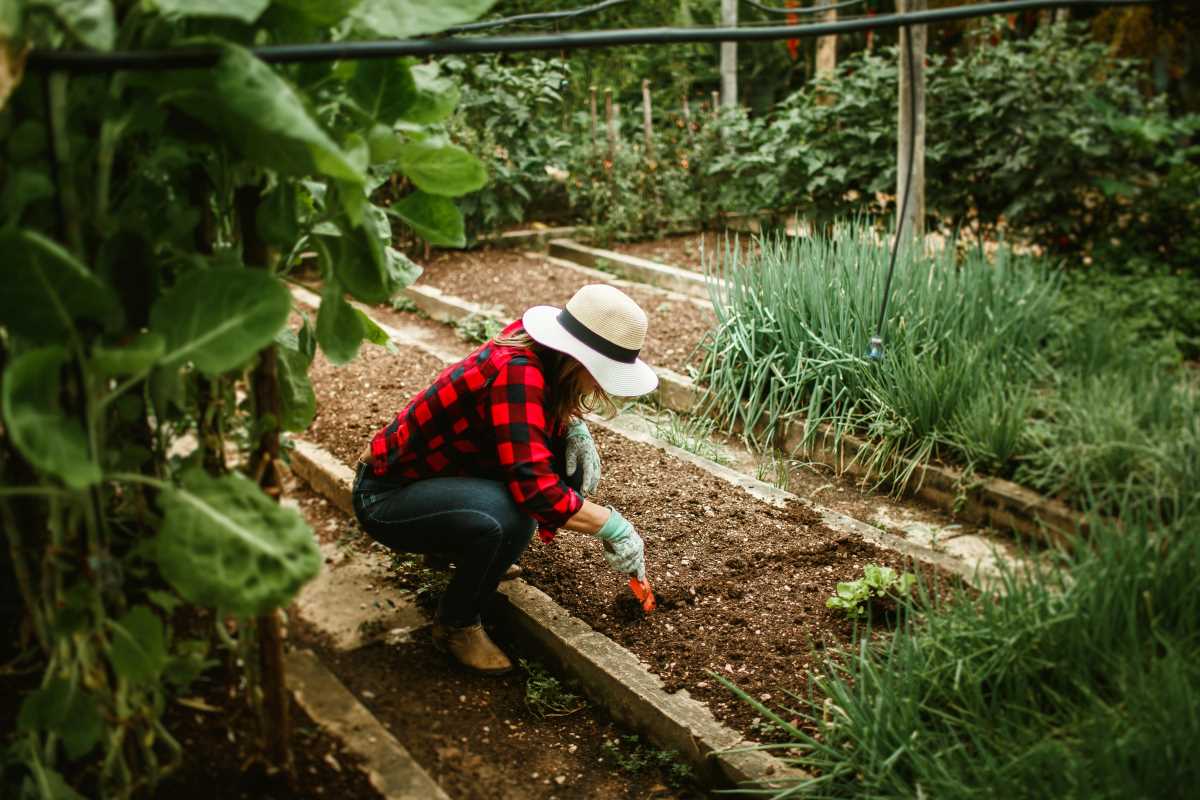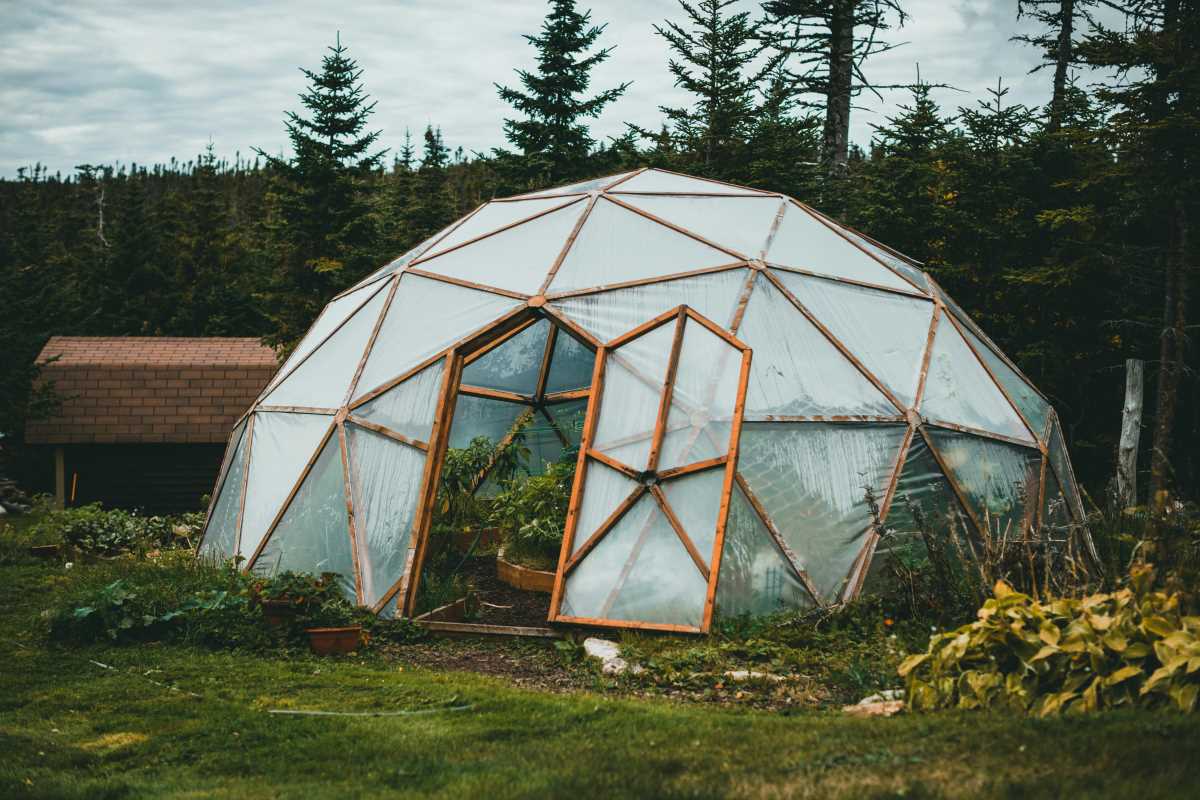This guide offers an in-depth exploration of how to establish a solar-powered drip irrigation system tailored for container gardens. Merging the eco-friendly advantage of solar energy with the precision of efficient water distribution, this system helps you cut costs and save time while ensuring your plants remain adequately hydrated. You'll find straightforward instructions along with practical advice, enabling you to swiftly create a dependable system that complements your outdoor area. Whether you’re a novice gardener or a seasoned green thumb, this guide will equip you with everything you need to maintain a flourishing container garden.
The project blends innovative tech with hands-on gardening, making it a rewarding venture. You will not only cultivate healthy plants but also enjoy the satisfaction of creating an eco-friendly system that harnesses the sun’s energy.
How Solar Irrigation Transforms Garden Care
Adopting this system offers several clear advantages that help reduce waste and simplify garden maintenance. The integration of solar panels means you can run your irrigation without relying on conventional power sources, which makes the project sustainable and cost-effective. The low-tech yet effective design suits small gardens and container setups perfectly.
Below are some of the main benefits you get by installing a solar-powered drip irrigation system:
- Energy Efficiency: Solar panels capture natural energy, reducing your dependence on the grid.
- Water Conservation: Targeted water delivery minimizes water waste by focusing on the plant roots.
- Ease of Use: The system requires minimal maintenance once it is set up, saving you valuable time.
- Eco-Friendly: Using solar energy instead of fossil fuels helps support a greener environment.
- Enhanced Plant Health: Consistent watering provided by the drip method reduces plant stress and promotes growth.
What You’ll Need: Tools and Materials
Before you start building your system, gather all necessary tools and materials. This way, you avoid interruptions and can focus on creating a reliable water management system. Planning ahead ensures that the process goes smoothly and you have everything at your fingertips.
Here is a list of supplies you will require:
- Solar panel kit with battery storage
- Small water pump compatible with solar power
- Length of plastic tubing for water distribution
- Drip emitters or soaker hoses
- Connectors and fittings
- Container or reservoir for water storage
- Timer or controller (optional, for automated watering)
- Tools for cutting and securing tubing (such as a sharp cutter and zip ties)
Step-by-Step Guide to Setting Up Your System
Follow these clear steps to create your very own solar-powered drip irrigation system for your container garden. Each stage is designed to simplify the process, even if you are new to gardening projects. Start by ensuring you have assembled all your tools and materials, and then methodically execute each step.
Below is a numbered guide that breaks down the process into manageable stages:
- Planning and Layout: Sketch a rough design of your container layout. Mark the positions of containers and decide on the optimal route for your tubing to ensure even water distribution.
- Install the Solar Panel: Mount your solar panel in a location that receives ample sunlight. Secure the panel and connect it to the battery storage according to the manufacturer's instructions.
- Set Up the Pump: Place the water pump near your container group and attach it to your water reservoir. Ensure the pump connects correctly to the tubing system.
- Lay Out the Tubing: Run the plastic tubing from the pump, positioning it so that it can feed all your containers efficiently. Use connectors and fittings to branch off to each container.
- Attach Drip Emitters: Insert drip emitters or attach soaker hoses to distribute water gently into each container. Adjust the emitters to balance the water flow.
- Test the System: Turn on the system to confirm that water flows smoothly through the tubing and into the containers. Check each connection for leaks or blockages and make necessary adjustments.
- Final Adjustments: Set timers if available to automate your watering schedule. Ensure that the solar panel and pump are secured properly to handle outdoor conditions.
Tips for Maintenance and Troubleshooting
Keeping your irrigation system in top shape is crucial for long-term performance. Regular checks help you catch small issues before they become major problems. This proactive care extends the lifespan of your equipment and maintains consistent water delivery.
Here are some practical tips to help maintain a smooth-running system:
- Inspect the tubing regularly for signs of wear or damage. Replace old or brittle sections promptly.
- Clean the drip emitters occasionally to prevent clogging from mineral deposits or dirt buildup.
- Monitor the solar panel's surface for debris and gently wipe it down to ensure maximum energy absorption.
- Check connections and fittings to ensure there are no leaks. A tight seal prevents water wastage.
- Adjust the water flow if you notice uneven watering among the containers.
Making the Most of Your Drip Irrigation
Using a smart water management technique such as drip irrigation in your container garden helps you use water efficiently and reduces waste. This method not only nurtures your plants but also extends the benefits of your irrigation system. By closely observing your watering schedule and the needs of your plants, you can fine-tune the system for the best results.
Schedule periodic reviews of your plant’s water requirements because weather conditions or seasonal changes may require adjustments. Watching how your plants behave gives you clues about whether to increase or decrease water flow, and this careful management helps you grow strong container plants.
Watch your garden flourish with this setup, and try different arrangements to suit your space. Happy gardening!
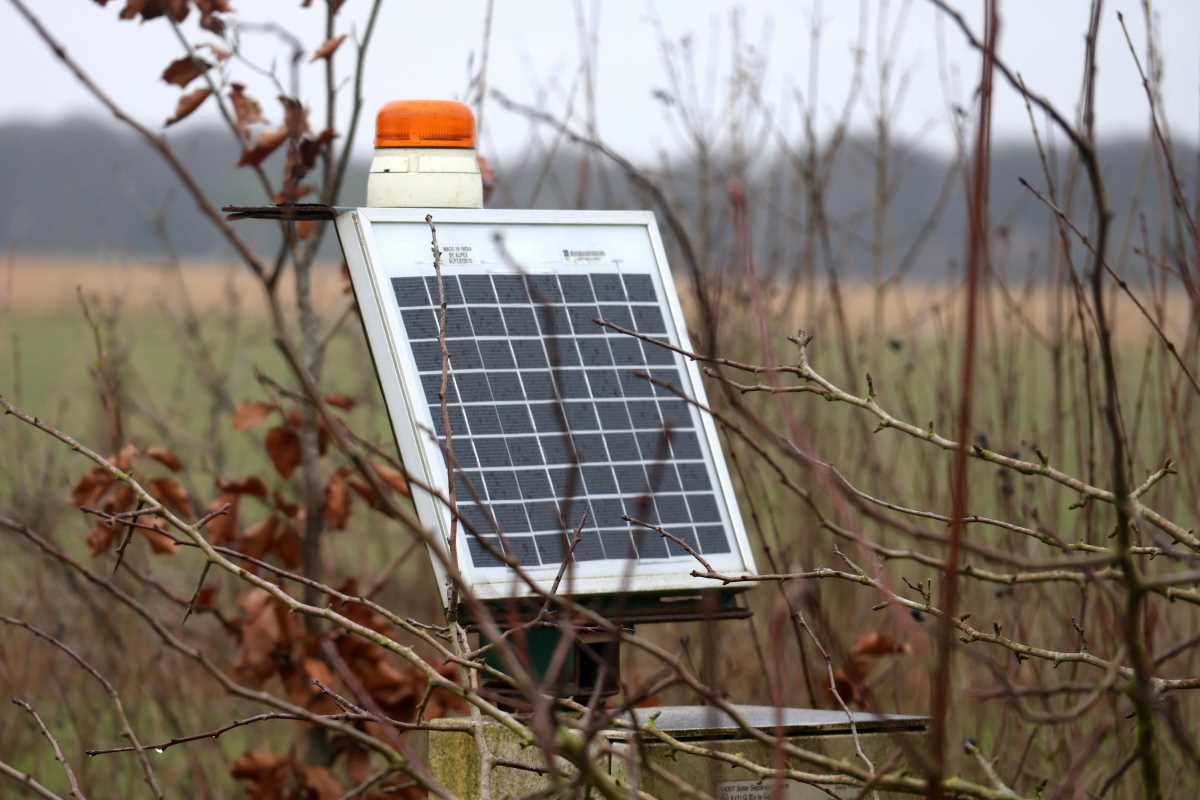 (Image via
(Image via